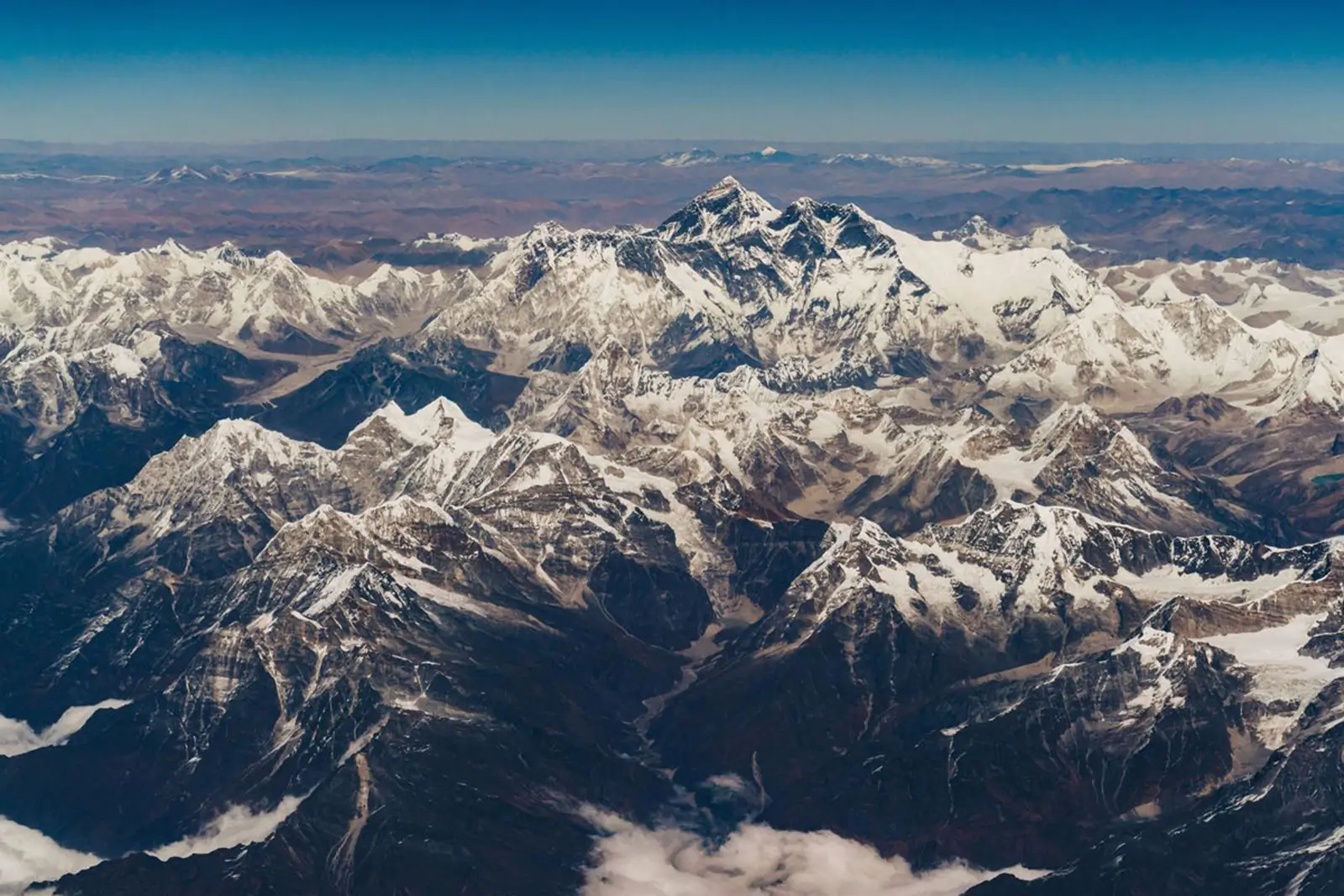The most majestic mountains of the world called eight-thousanders. Over 26,000 feet, they are fourteen frightening and also breathtaking different formations that reach the sky. Everest, K2, Lhotse… The summits every mountaineer or alpinist always dreams of defeating, conquering. Moreover, many dream came true. Reinhold Messner paved the way, Nirmal Purja broke the records. Here, all 14 eight-thousanders.
1 – Mount Everest, the first of all 14 eight-thousanders
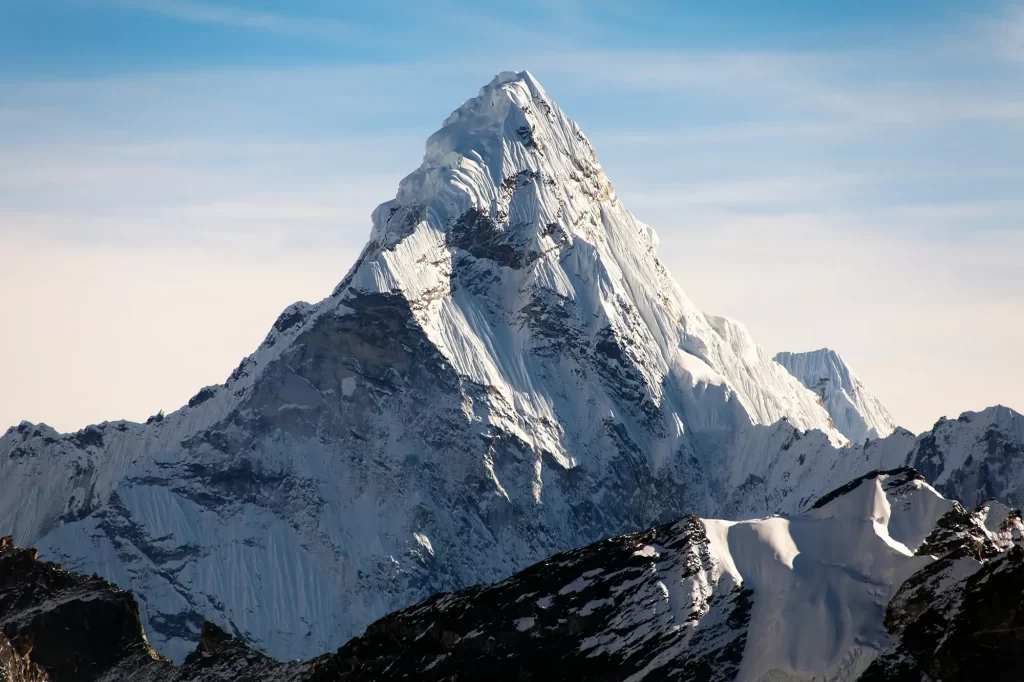
Above sea level, 29,029 feet – 8,848 meters makes Mount Everest the number one. From Nepal and Tibet, there are two main climbing route discovered by mountaineers. Tenzing Norgay and Edmund Hillary were the first climbers who succeeded in reaching the peak in 1953. More about the king of mountains is on here.
2 – K2
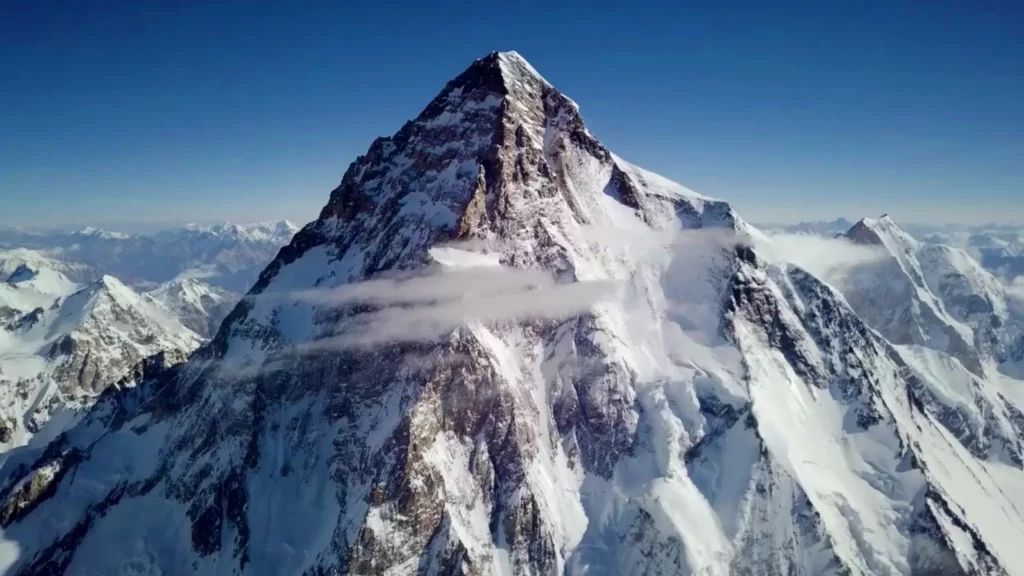
Karakoram mountain range, number 2 with 28,251 feet – 8,611 meters. K2 is described by many elite mountaineers as the most savage mountain on earth due to its challenging terrain. By January 2021, mountain didn’t let anyone ascent in winter. Till Nirmal Purja showed up.
3 – Kangchenjunga
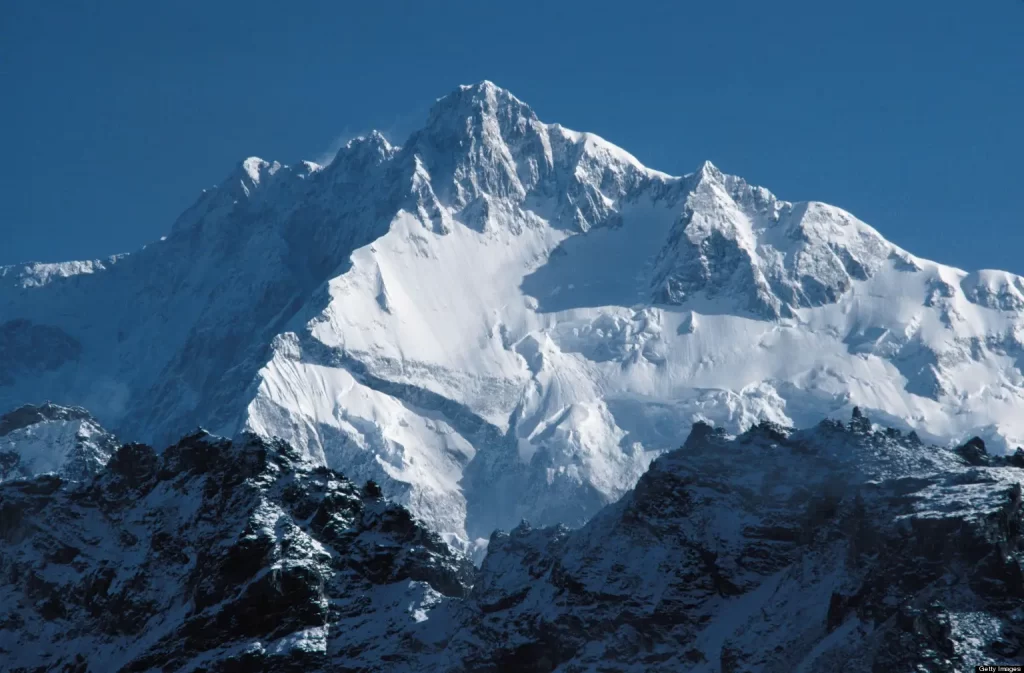
Comprised of five peaks ( Kangchenjunga I – 28,169, Kangchenjunga West – 27,904, Kangchenjunga South – 27,867, Kangchenjunga Central – 27,828, Kangbachen – 25,928 ), Kangchenjunga ( 8,586 meters ) is the third highest of the world. And, those five jagged peaks are said to represent the five gift of God to the people. Gold, silver, gems, grain and holy books.
4 – Lhotse
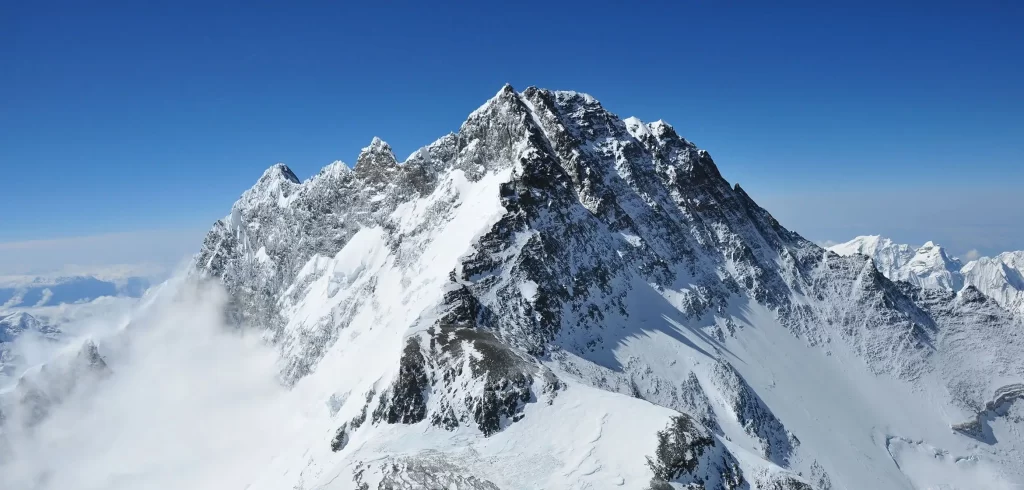
The fourth tallest mountain Lhotse is the part of the Everest Massif and located in the south side of number one. Since the first expedition in 1956, approximately 300 mountaineers climbed 27,940 feet – 8,516 meters Lhotse while thousands tried adjacent phenomenon.
5 – Makalu
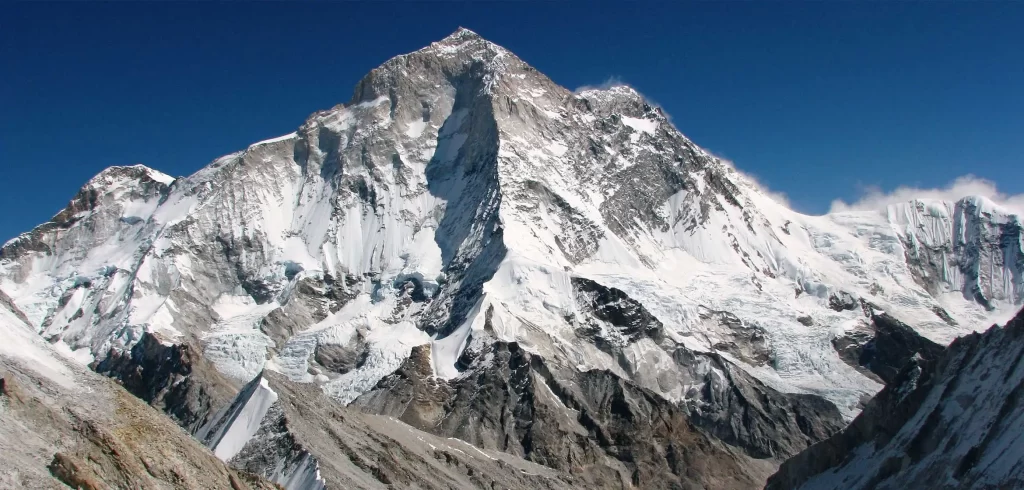
Although Chinese called as ‘Makaru‘, 27,838 feet – 8,485 meters Makalu is the fifth highest mountain with a four-sided pyramid shape. As difficult to climb as K2, Makalu was only climbed in winter in 2009 by two mountaineers. Italian Simone Moro and Kazakh Denis Urubko.
6 – Cho Oyu
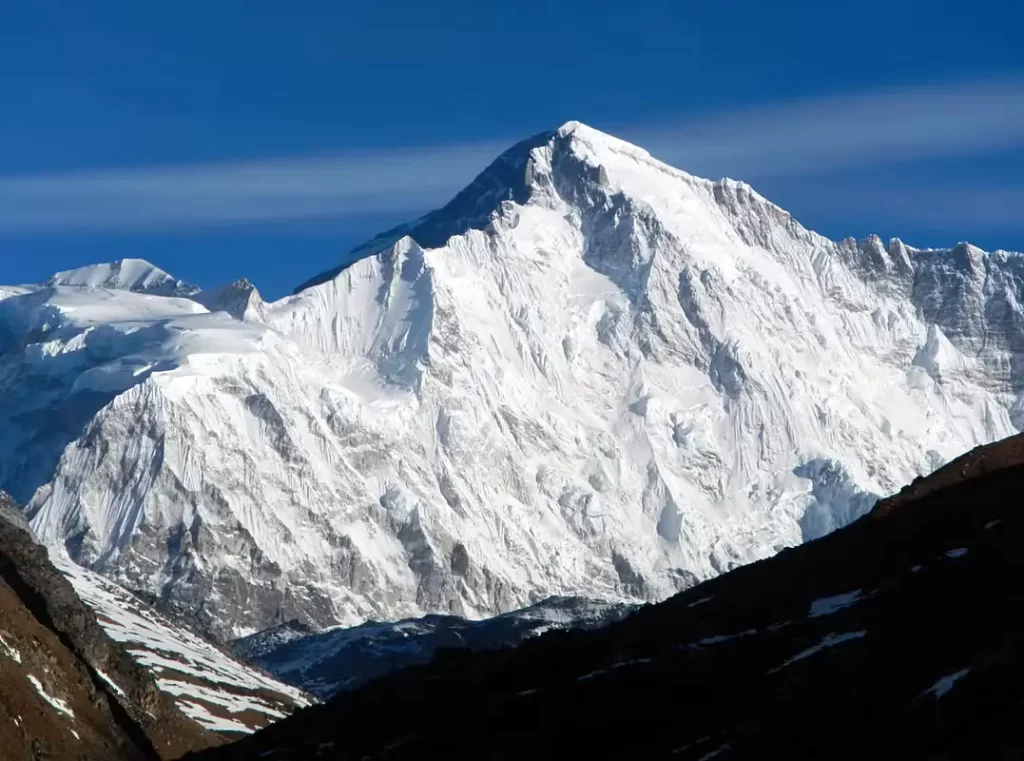
Cho Oyu ( 26,864 feet – 8,188 meters ) is the first one to begin climbing an eight-thousander as the easiest mountain among those other thirteen. That is why Cho Oyu has attracted over 3000 climbers since the very first successful summit in 1954 by Herbert Tich, Sepp Johler and Sherpa Passang Dawa Lama. Actually, first attempt was in 1952 which was led by a British team including Edmund Hillary, one of the first Mount Everest conquerors. Some external factors had forced them to retreat, enabling Hillary to defeat another beast a year later. What a defeat it was to be.
7 – Dhaulagiri
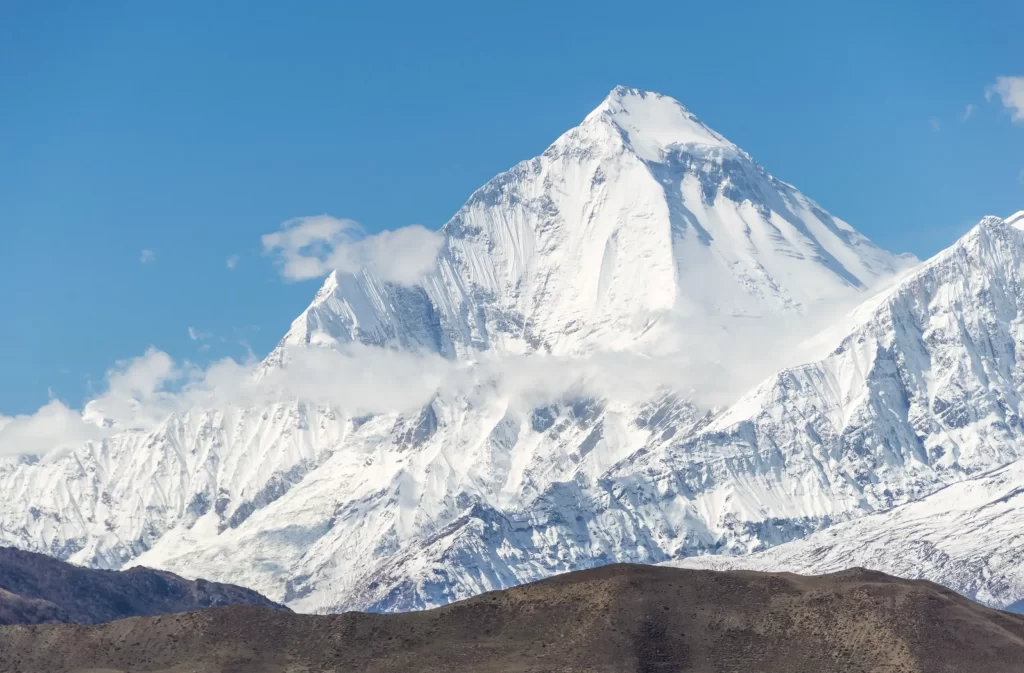
Mount Dhaulagiri, the white mountain. From its discovery in 1908 to 1852, Everest’s identification, Dhaulagiri was considered the world’s highest as 26,795 feet – 8,167 meters tall. Radhanath Sikdar, an Indian mathematician, took the first place so as to give it to the ‘Peak XV’ which was to be named as ‘Everest’ in honor of George Everest. The head surveyor of India at that time.
8 – Manaslu
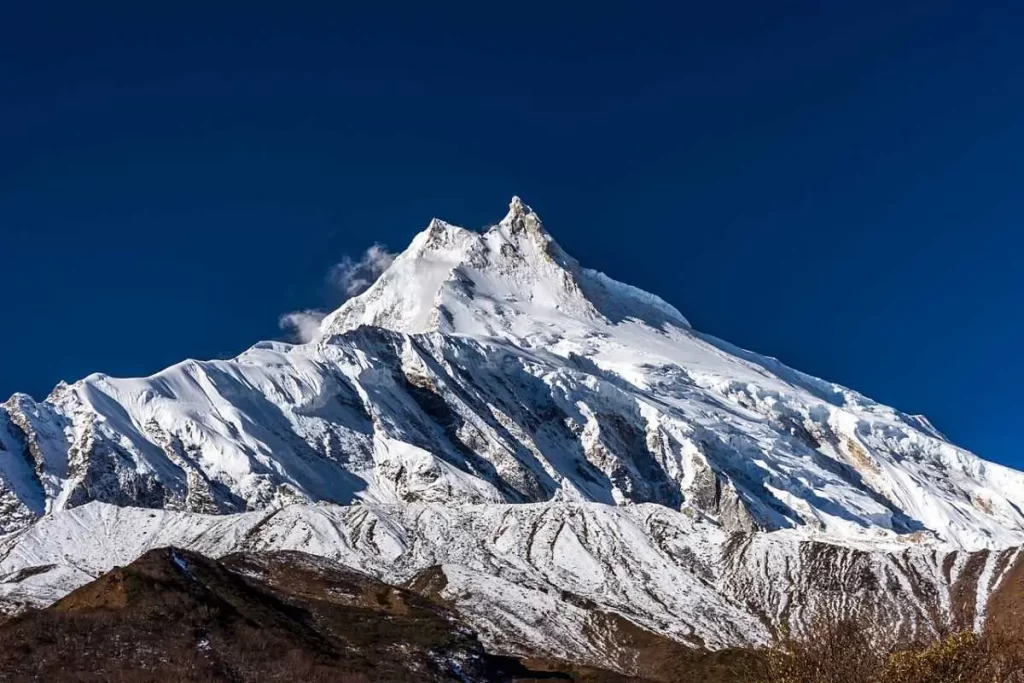
Located in the Mansiri Himal, part of Nepalese Himalayas, and elevating 26,781 feet – 8,163 meters, Manaslu is the eighth in the series and one of the easiest climbs with Cho Oyu. Japanese Toshio Imanishi and Sherpa Gyalzen Norbu were the ones who scaled the mountain first in 1957.
9 – Nanga Parbat
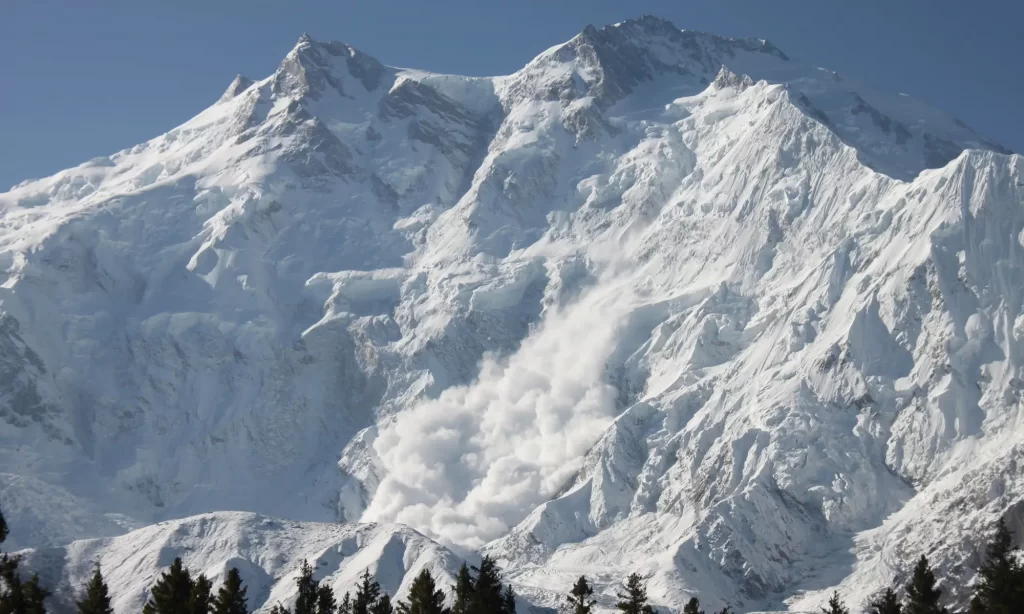
‘Naked Mountain’ in Pakistan’s Urdu language. Standing alone ( 26,660 feet – 8,126 meters ) in the westernmost part of Himalayan mountain range, Nanga Parbat is the ninth which is notorious for its historical background. Hermann Buhl was the thirty second mountaineer-alpininst who had tried to beat the mountain when he managed the first successful attempt in 1953.
10 – Annapurna I
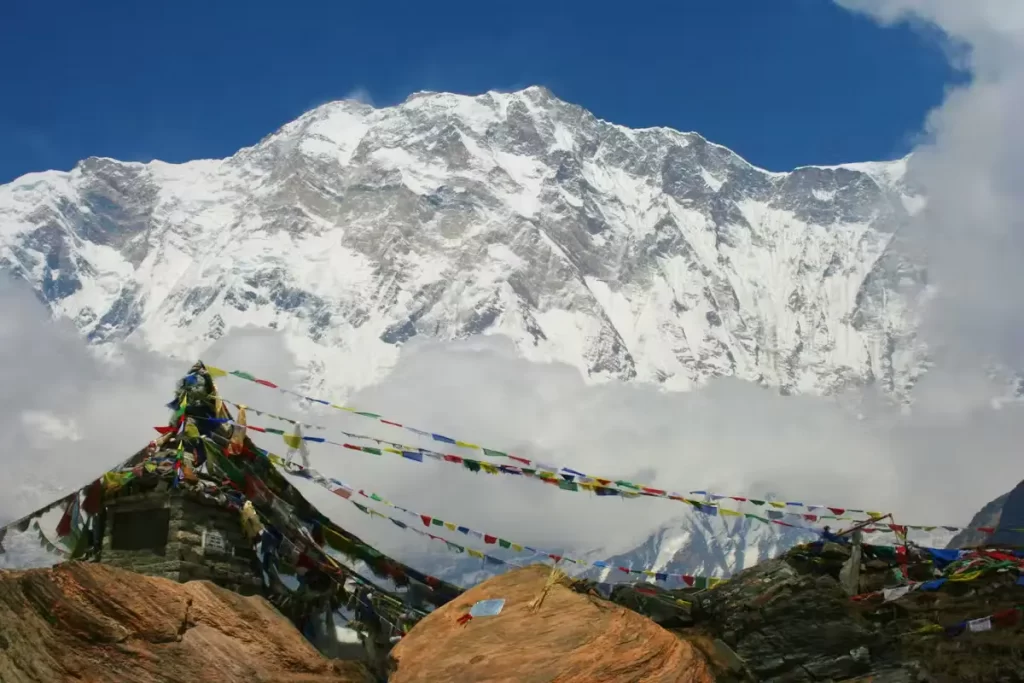
Annapurna I ( 26,545 feet – 8,091 meters ) is the tallest mountain in the Annapurna massif that has thirty peaks over 6000 meters and also the first to be successfully climbed among the all 14 eight-thousanders. Yet, strong winds, abundance of avalache-prone sections and complexity of ice walls or big cliffs have made the mountain more technical and tougher compared to the others over the years.
11 – Gasherbrum I
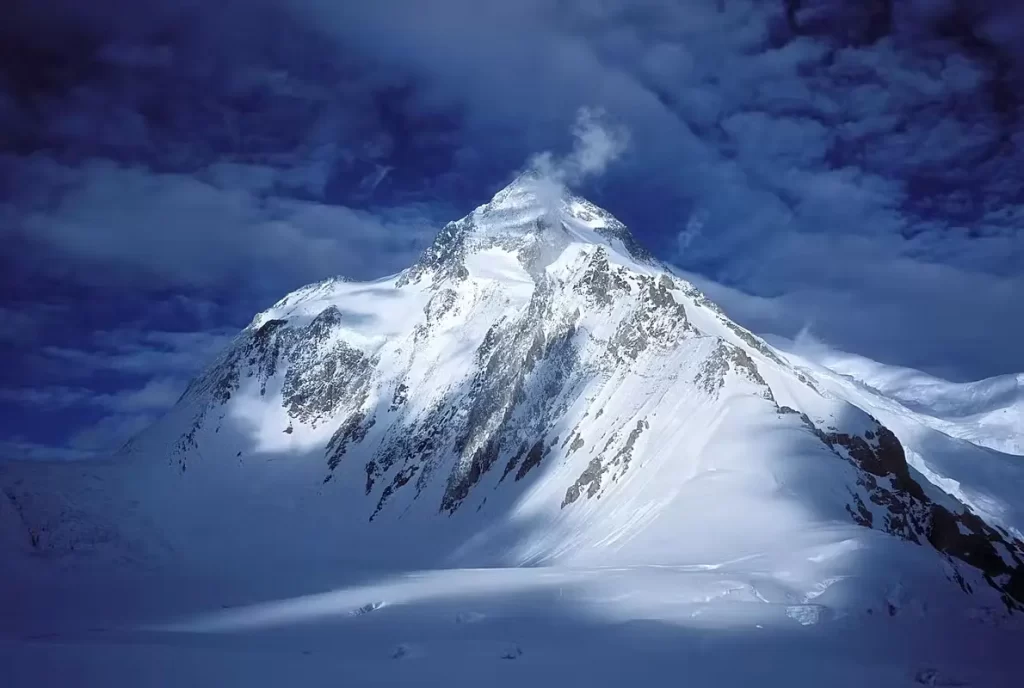
‘Hidden Peak’ or fifth in Karakoram mountain range, K5. Gasherbrum I ( 26,510 feet – 8,080 meters ) is the most remote, thus, the least preferred mountain with approximately 200 summits up to date. First climbing was in 1958 by Pete Schoening and Andy Kaufmann on an American team led by Nicholas B Clinch.
12 – Broad Peak
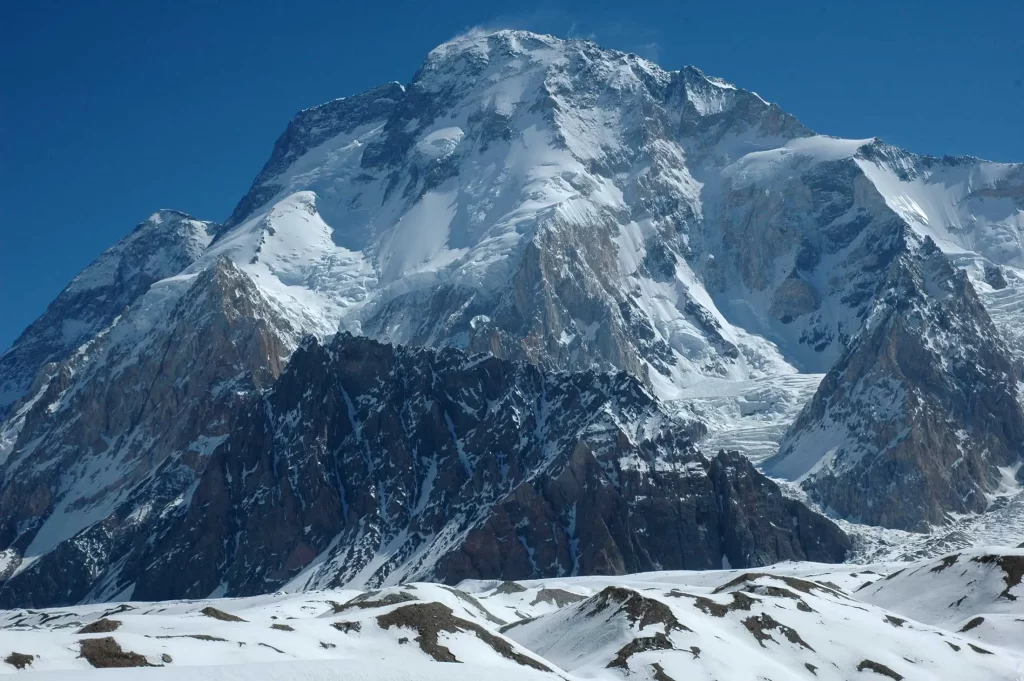
Over 1,5 kilometers long summit caused this mountain to be called as ‘Broad Peak’. The mountain ( 26,414 feet – 8051 meters ) is part of Gasherbrum massif and lies in the northwestern Pakistan, just eight kilometers away from K2. Hermann Buhl was among a couple of mountaineers of Austria who made the first ascend in 1957.
13 – Gasherbrum II
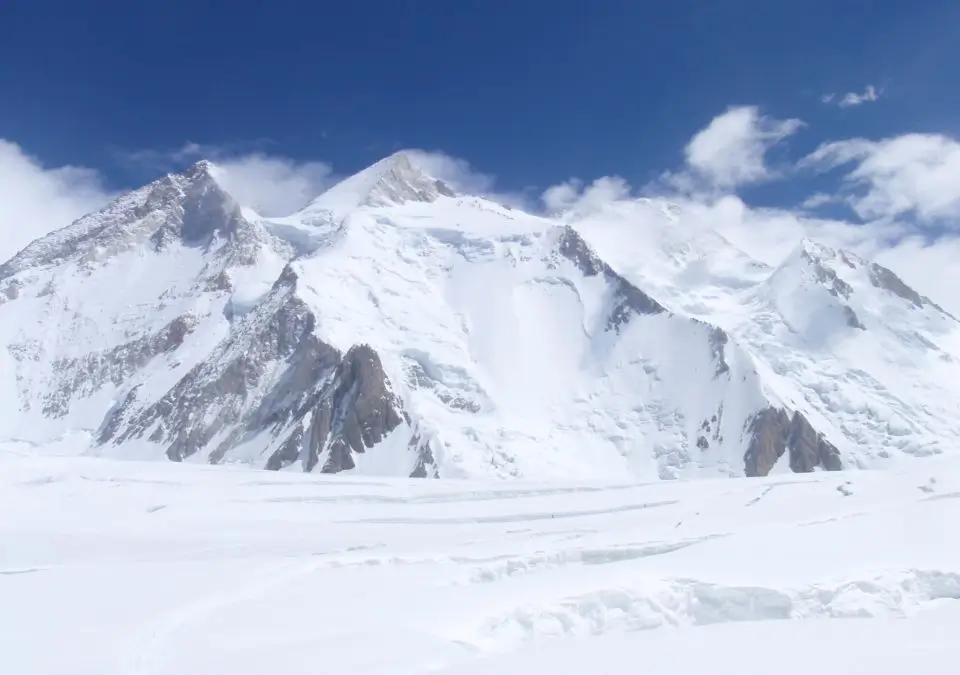
First surveyed as Karakoram 4, Gasherbrum II ( 26,362 feet – 8,035 meters ) is the second highest in the Gasherbrum mountain group. To be one of the easiest along with Cho Oyu and Manaslu, a Kazakh mountaineer Anatoli Boukreev set one of the fastest records for ascending an 8,000ers climbing Gasherbrum II in 1997.
14 – Shishapangma
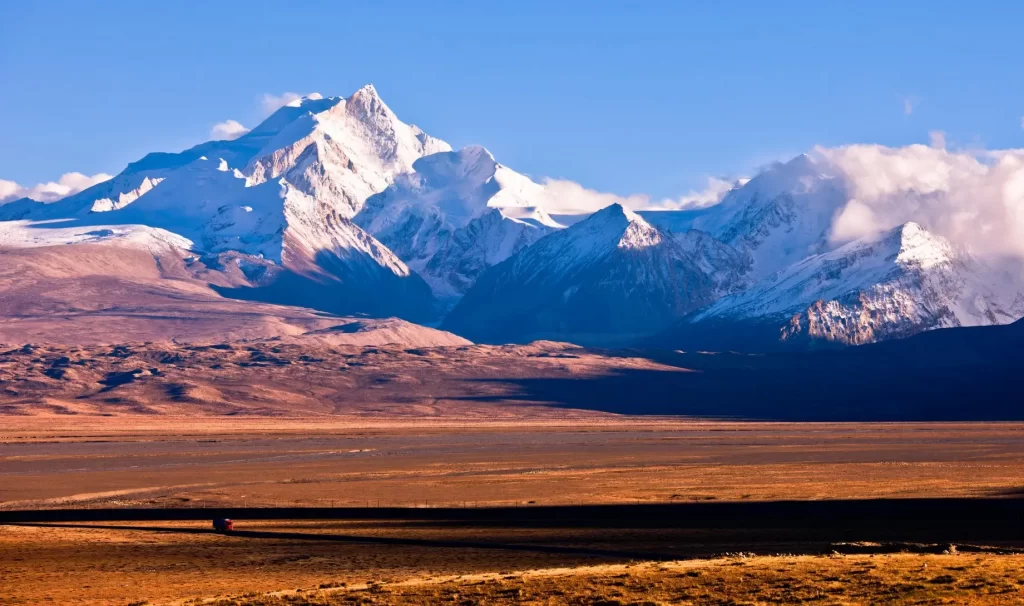
The last giant of the world, Shishapangma ( 26,335 feet – 8,027 meters ). The only one in all 14 eight-thousanders that is entirely within Tibet, which requires to get permission from the Chinese Government so as to climb the mountain. First summit was on 2 May 1964 by of course a Chinese team from the northern route that is still most used path today.
